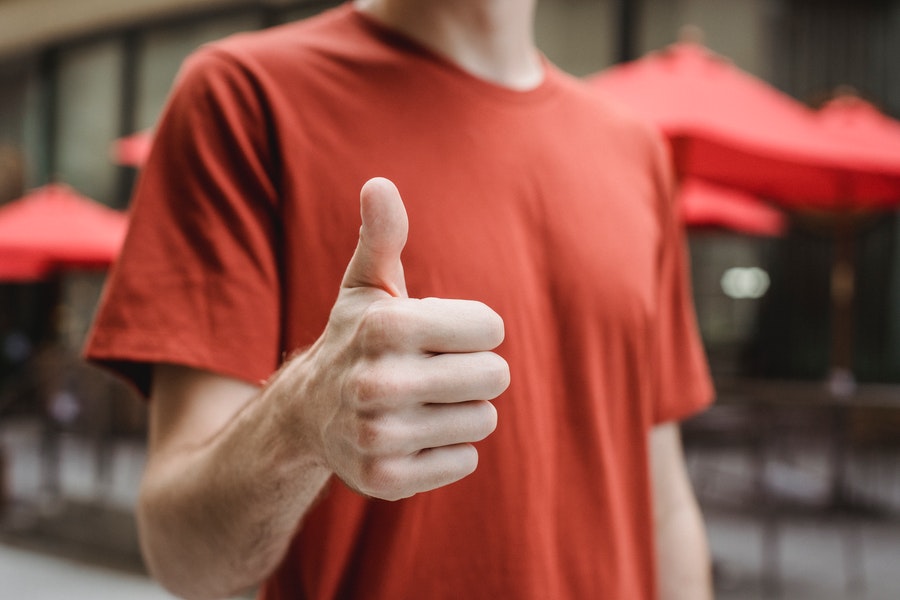
Americans are changing the way they give back.
For decades, philanthropy has increased among the wealthy, while decreasing among all other Americans.
Research published in Nonprofit Quarterly in 2019 shows that the percentage of giving by millionaires increased more than 20 percent from 1993 to 2016. In 1993, millionaires represented 10.3 percent of all donations. By 2016, that rose to 31.7 percent.
At the same time, small donors are harder and harder to come by. In the US, the general share of households donating to charitable organizations, both religious and secular, fell more than 10 percent in six years — from 66.2 percent in 2000 to 53.9 percent in 2016.
But that trend could be changing.
Across many different agendas, ideologies and incomes, more Americans are deciding they need to get involved. Many of them have decided that in this time of troubles and grassroots movements, philanthropy is the answer.
And they’re giving back to their communities on their own terms through the resurgence of “giving circles.”
Sara Lomelin, the executive director of Philanthropy Together, has a great summary of this trend and how more and more Americans are using it to answer the question: How do we address this country’s problems?
“A giving circle is a group of like-minded individuals that get together to create change in their communities,” Lomelin said. “They talk about their values and they decide together where to put their talent, their time, their treasure, and their testimony.”
In 2016, the Collective Giving Research Group discovered that the number of giving circles had tripled since 2007. The group documented more than 1,000 independent groups and about 525 networks. All 50 states have giving circles.
It’s a popular form of engagement at the Latino Community Foundation, which encourages its members to participate. Here’s their summary of how it works:
“Each member contributes a minimum of $1,000 a year (or $85 a month),” the group says on its website “The Giving Circle collectively chooses their funding and collective action priorities. The LCF team works closely with each Giving Circle to identify Latino-led organizations that align with their priority area and support the Giving Circle’s leaders to facilitate their members participation. At least once a year, each Giving Circle decides where to invest their collective resources. All of this is done over dinner, wine, and an abundance of joy and laughter! We are a movement of leaders ready to take action and invest our time, talent, and resources to lift up the leaders and organizations who help our communities thrive.”
One of the most important things for a philanthropic organization is to learn and adapt as they grow. Each year is different, and that could mean embracing giving circles as the preferred method for engaging small donors.
The popularity of these giving circles show that many Americans want to help transform their country and their communities for the better. And they can. Philanthropy really is for everyone, and we should all know by now: When small groups of people join together to make a difference, they usually do.
And as Margaret Mead so famously pointed out in 1978, “it’s the only thing that ever has.”
Again, a wonderful quote here from Lomelin on the importance of this movement.
“It is critical we look to this sector to continue to dismantle the oppressive systems that continue to make some well and others not,” Lomelin said in a Forbes article. “And, it is time we try and get all people involved in the process of giving within their community. Giving circles, which bring people together to pool their money, learn about issues facing their communities, and vote for organizations to support — well, they do just that.”